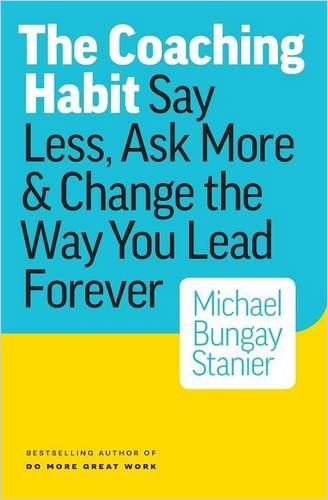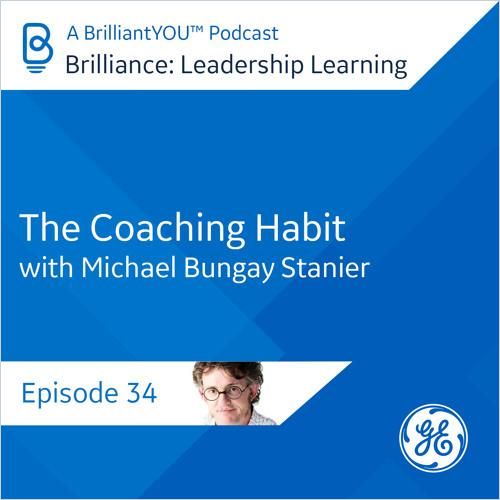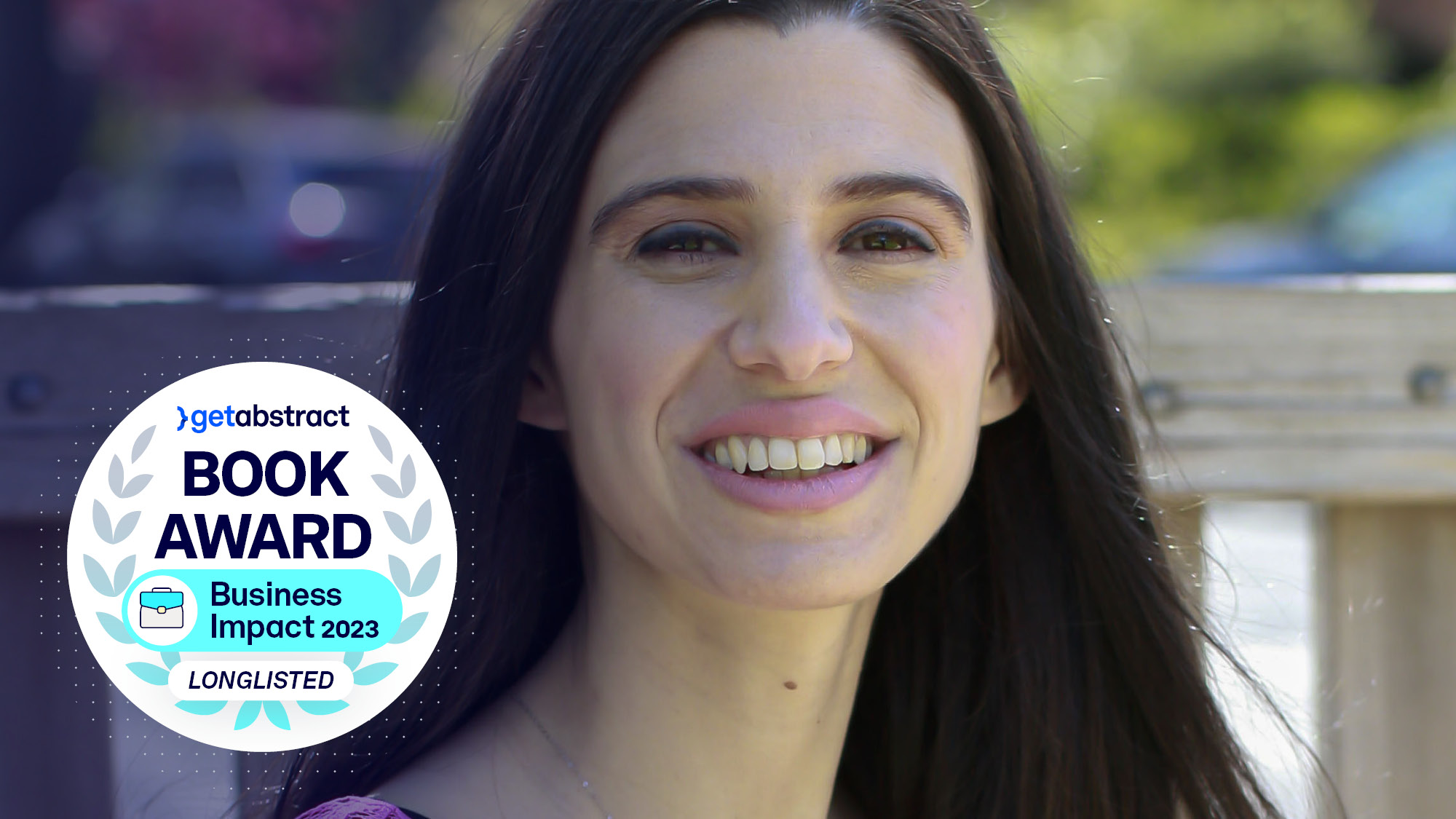How to Use Questions as a Coaching Tool

In the old days, coaches were essentially consultants who recommended solutions to specific problems. Today, coaches consider problem-solving more as a by-product of the coaching process, which focuses more generally on the client’s overall development. Coaches help clients realize their potential by increasing their self-knowledge, perception and understanding. Coaches nudge clients toward finding answers by asking the right questions.
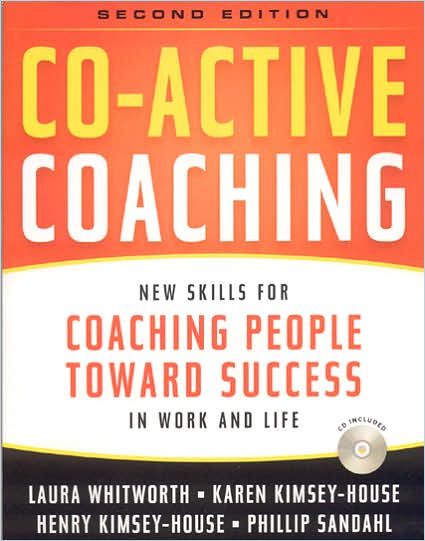
The best advice won’t help a client if they are not ready to hear it. Coaches are there to empower clients to move forward by enabling clients to discover solutions to their problems themselves. Here is a starting point for using questions as a coaching tool:
1. Opening Question
The goal of your opening question is to enable the other party to articulate what’s top of mind. Asking it puts that person in charge of the direction of the conversation. Examples of effective opening questions are:
- What’s on your mind?
- What can I do for you?
- What can I help you with today?
Your job as a coach is to work with whatever comes up and to leave your agenda and ego out of the conversation.
Laura Whitworth, et al.
2. And What Else?
Hold on! Don’t offer a quick fix right after your client has articulated their top-of-mind challenge. Ask a neutral follow-up question instead:
- …and what else?
This will open up the conversation to additional issues you might not know to ask about. By asking what Michael Bungay Stanier refers to as the “AWE question” – “And What Else?” –, you generate greater understanding, improved mindfulness and enhanced self-knowledge, which increase the potential for meaningful two-way communication. The AWE question grants you more time to shape the conversation in a productive way. It enables the client to discuss candidly whatever is on their mind.
Tell less, and ask more. Your advice is not as good as you think it is.
Michael Bungay Stanier
Asking the AWE question can help people untangle the situation themselves and reach for better answers than the first one that jumps to mind. It also helps you pace yourself and keeps you from offering a quick fix right away. Give them, say, 90 seconds to figure out their own answer. Even if it’s the same solution you’d have offered, they are more likely to implement it if they came up with it themselves and learned something along the way.
3. Go Deeper
As a coach, it’s your job to help your client get “unstuck,” clarify their goals, distinguish belief from fact and overcome restrictive perspectives.
Sometimes, people insist on maintaining the status quo despite ample evidence that their present situation is unsustainable. Deeper inquiry helps the client gain introspection and realize that the costs of maintaining the status quo far outweigh the benefits. As a coach, you can help your client distinguish truth from perception by asking the following questions:
- How does the current behavior or situation benefit you?
- What are some of the costs of continuing the behavior or maintaining the situation?
Erroneous beliefs often get people stuck. For example, your client may be reticent to speak up during meetings because they worry others may perceive them as “stupid.” As a coach, you may want to help your client contemplate the “opposite” perspective to what they believe is true by asking:
- What if others think you’re stupid because you never say anything?
- What if your expectations of yourself to always be perfect are unrealistic?
Sometimes, the obstacle your client outlines at the start of your conversation may not be the real reason they are stuck. Help clients dig deeper by asking:
- What would you be doing differently if the obstacle didn’t exist?
By digging deeper, you enable clients to move forward with a more open mind.

4. Inquire, Don’t Question
Many coaches learn to ask specific questions, quite like following a checklist. When coaches use a series of questions with clients who come to them with specific problems, the questions direct the client to a solution for that particular problem, yet underlying issues often remain.
The intent of inquiry is not to find solutions but to provoke critical thinking about our own thoughts. Inquiry helps people being coached discern gaps in their logic, evaluate their beliefs, and clarify fears and desires affecting their choices.
Marcia Reynolds
Effective coaching seeks to spur reflection rather than to provide solutions to a particular problem. Through reflective inquiry, you help clients understand the beliefs and fears that shape their choices. Reflective inquiry also allows people to reframe their initial problem and place it in a larger context. You may prompt your client to examine their thinking by asking:
- Do you know where your doubt is coming from?
- What is based on an old story you no longer need to tell?
- What is in your control to do now?
- What will you regret not doing a year from now?
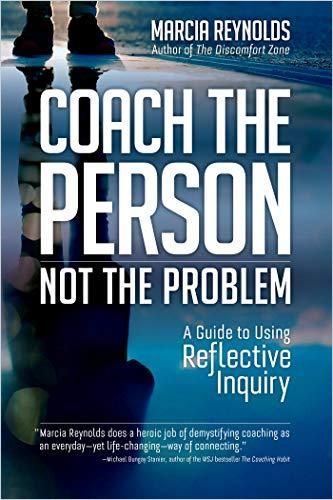
This coaching approach focuses on transforming the client’s behavior rather than simply solving an isolated problem. Ultimately, you help your clients develop the confidence to tackle problems on their own in the future.
